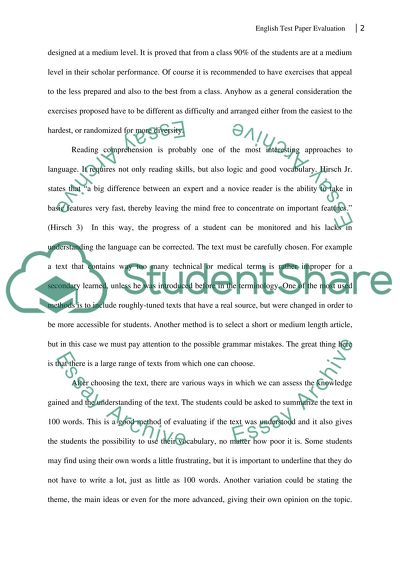Cite this document
(“English Test Paper Evaluation Essay Example | Topics and Well Written Essays - 3500 words”, n.d.)
Retrieved from https://studentshare.org/english/1503185-english-test-paper-evaluation
Retrieved from https://studentshare.org/english/1503185-english-test-paper-evaluation
(English Test Paper Evaluation Essay Example | Topics and Well Written Essays - 3500 Words)
https://studentshare.org/english/1503185-english-test-paper-evaluation.
https://studentshare.org/english/1503185-english-test-paper-evaluation.
“English Test Paper Evaluation Essay Example | Topics and Well Written Essays - 3500 Words”, n.d. https://studentshare.org/english/1503185-english-test-paper-evaluation.


